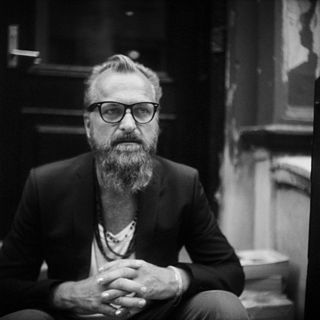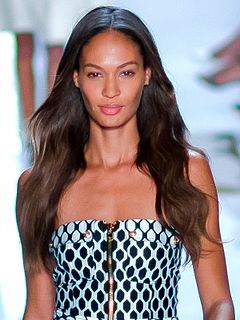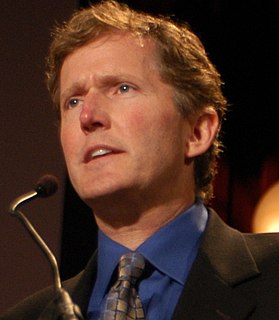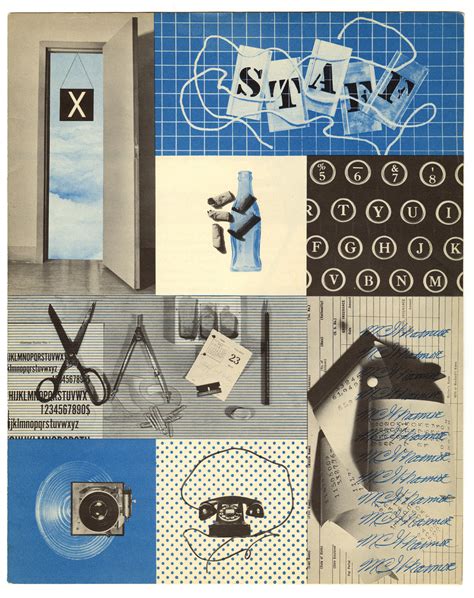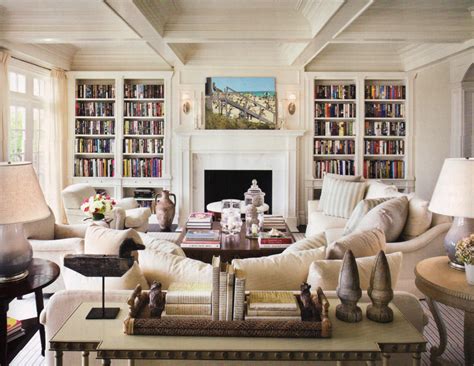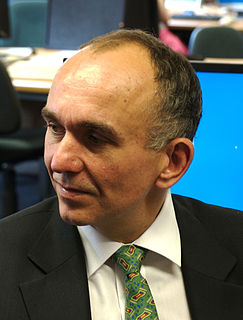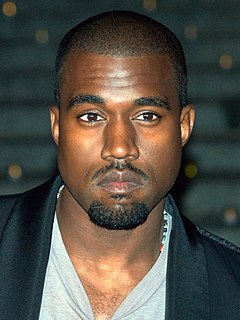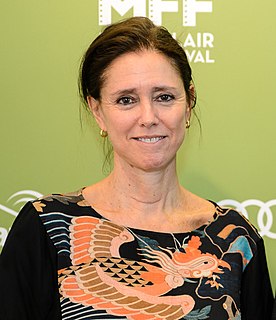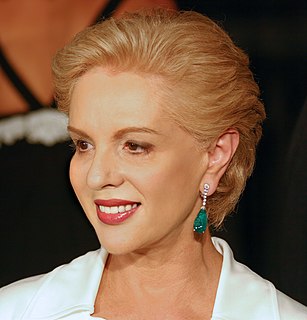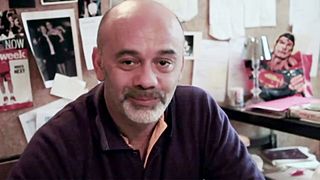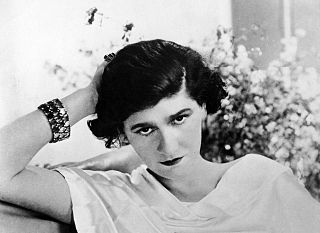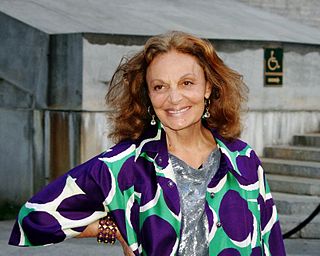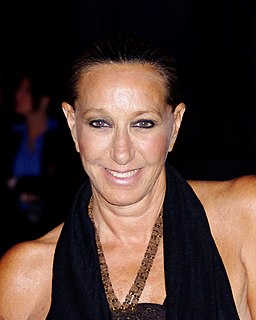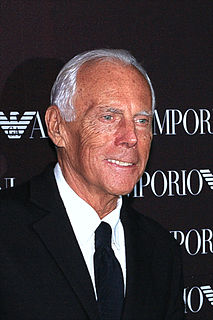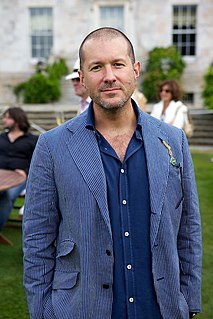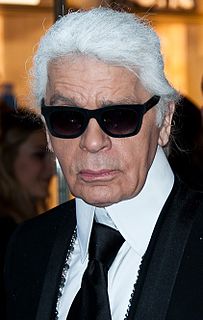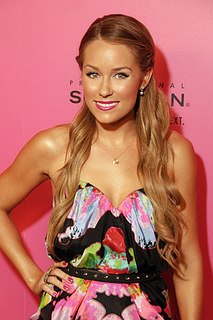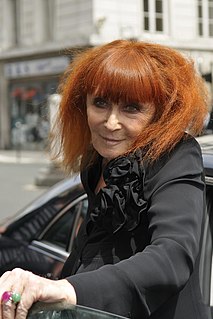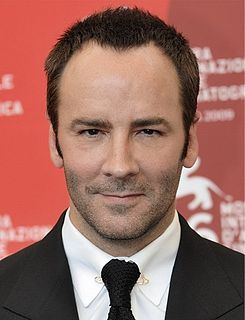A Quote by Bruno Munari
Related Quotes
People hide behind the word aesthetic. They say, ‘Well, it’s just that designer’s aesthetic.’ But when you see 18 seasons in a row and not one single model outside a certain skin color…? There are people in the industry who are advocates, who support diversity. And there are people who do not. I don’t get it. Beauty is universal. These doors have to open.
The words graphic designer, architect, or industrial designer stick in my throat, giving me a sense of limitation, of specialisation within the specialty, of a relationship to society and form itself that is unsatisfactory and incomplete. This inadequate set of terms to describe an active life reveals only partially the still undefined nature of the designer.
How a designer gets from thought to thing is, at least in broad strokes, straightforward: (1) A designer conceives a purpose. (2) To accomplish that purpose, the designer forms a plan. (3) To execute the plan, the designer specifies building materials and assembly instructions. (4) Finally, the designer or some surrogate applies the assembly instructions to the building materials. What emerges is a designed object, and the designer is successful to the degree that the object fulfills the designer's purpose.
Fashion museums think the more you know about the significance of clothes culturally, the more interesting they are. We certainly don't neglect the aesthetic aspects of clothes. But, I feel that what sets us apart from social, economic, and even aesthetic, or art historical context is that we are not only talking about clothes as kind of art objects created by an artist designer, but also we're talking about the various meanings that clothes have in the world, and how that changes and how we kind of create meanings around clothes.
There is a sinister anachronistic interpretation of the aesthetic state as some kind of totalitarian regime that puts aesthetic over moral standards; one associates it with national-socialism. But this has nothing to do with the romantics, whose ideal of the aesthetic state has much more to do with the republican tradition.
For the person that wrote that, were they involved with anything last year that was as culturally significant as the Yeezus tour or that album? ... The bar was terrible, and the wedding planner didn't approve it with me. I was having issues with this wedding planner the entire time on approvals, and I get there and they threw some weird plastic bar there.

